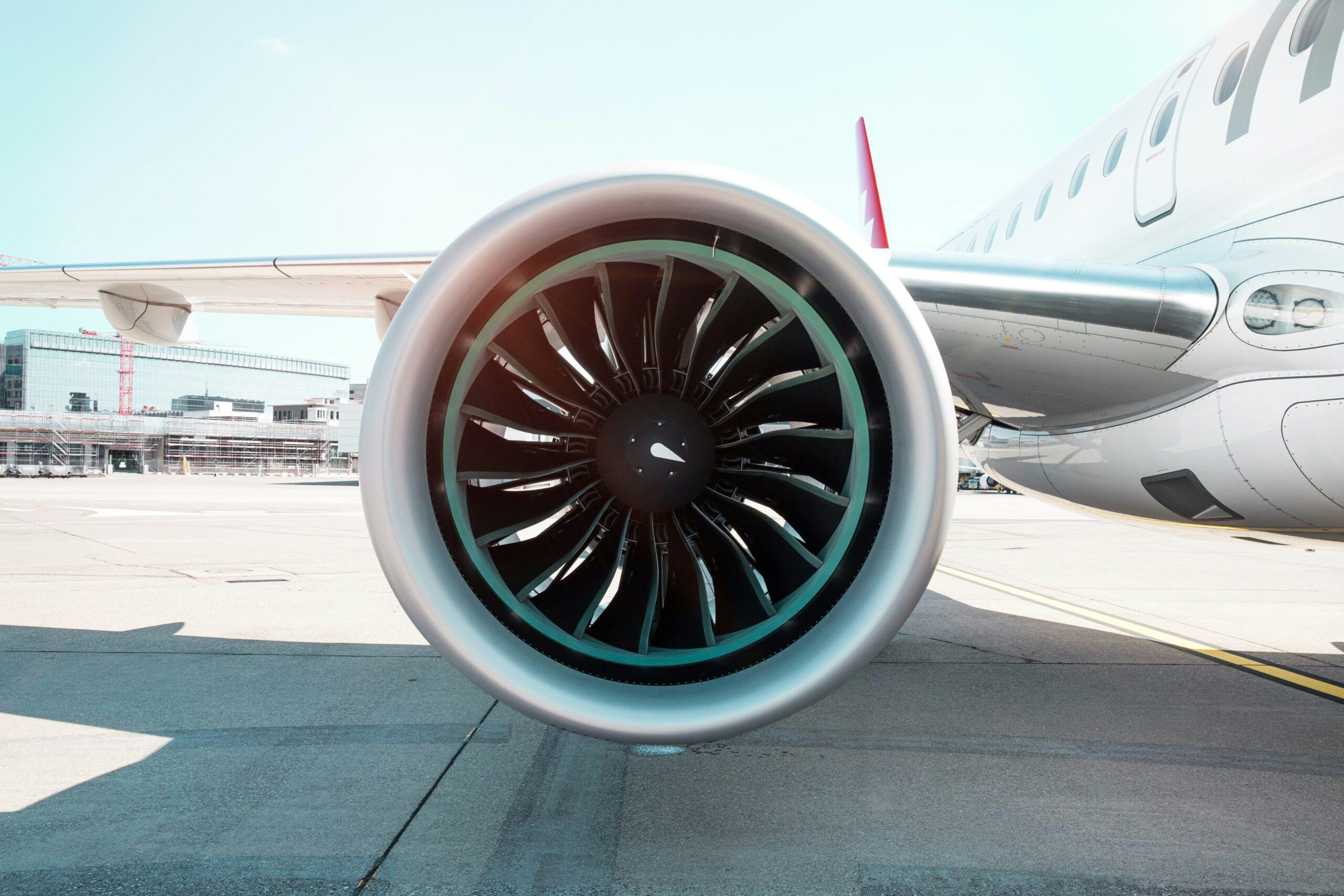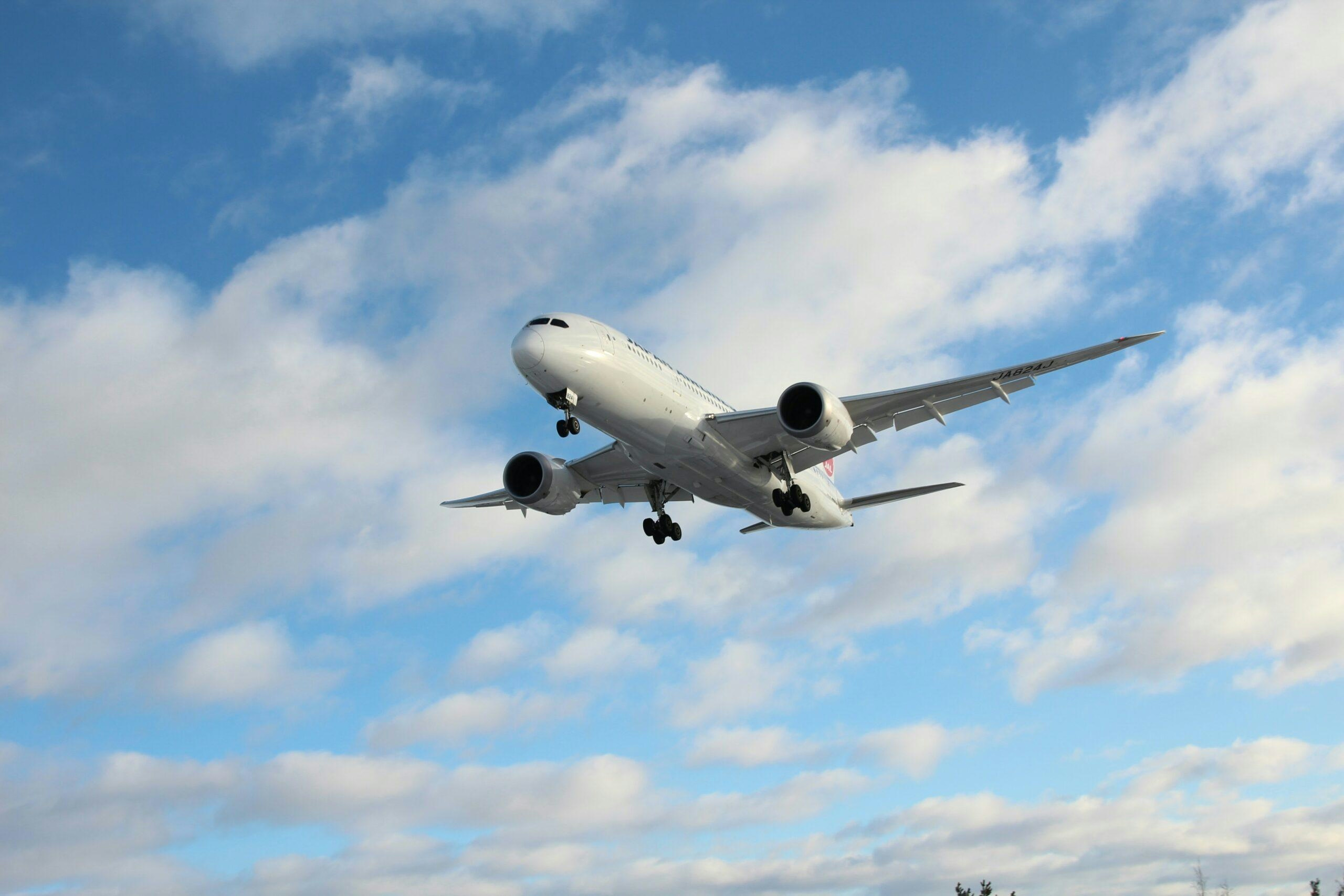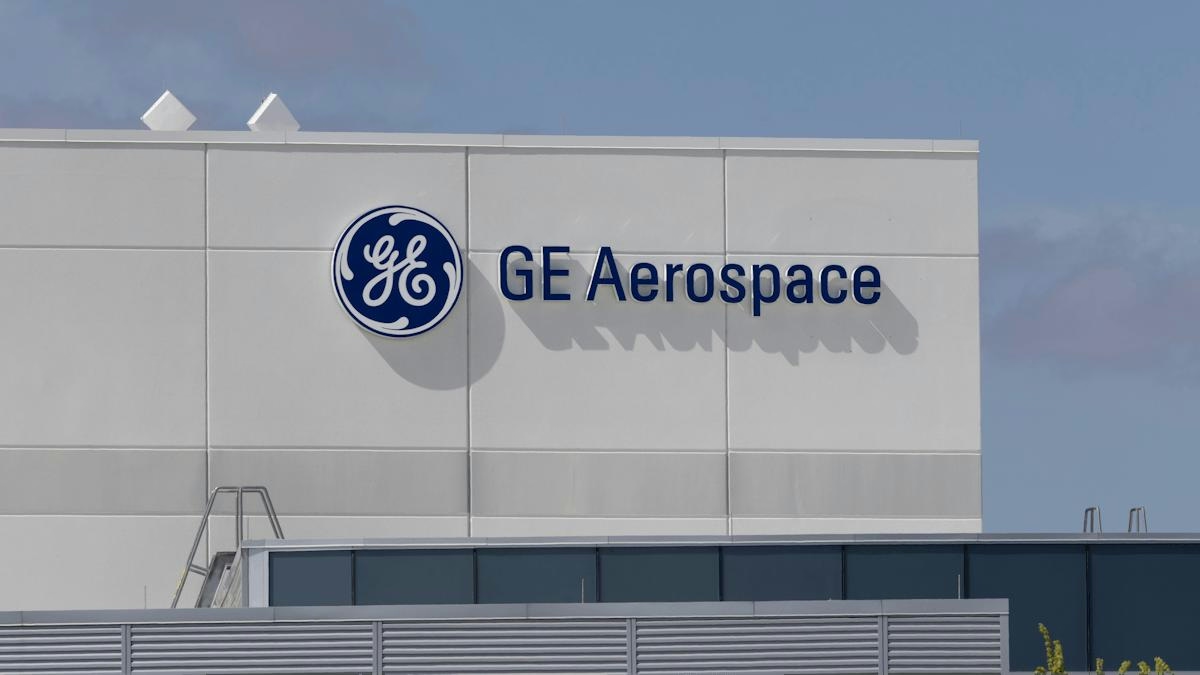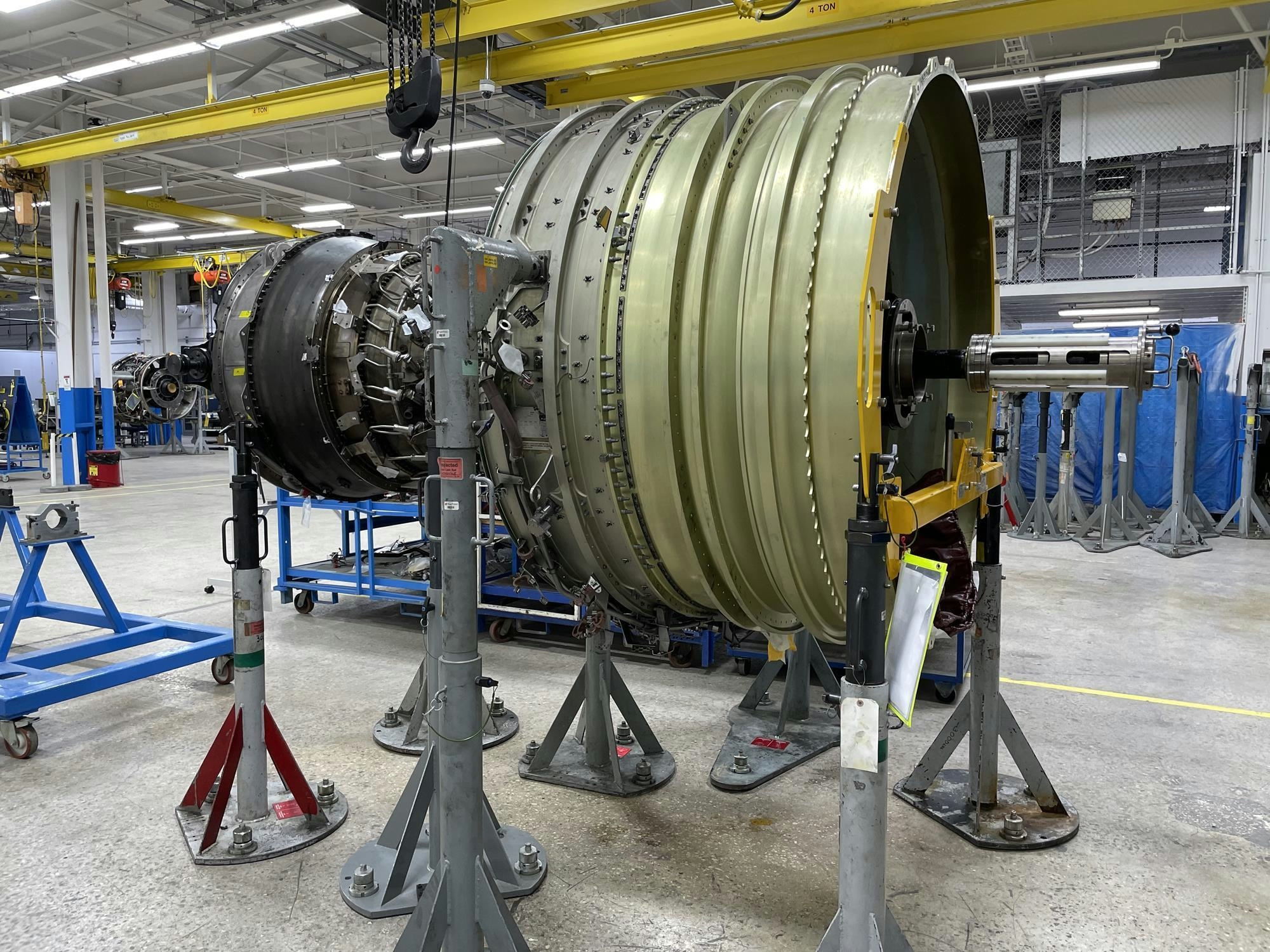
AeroGenie — Uw intelligente copiloot.
Trending
Categories
Comparing the Costs of the Boeing 747 and 787

Comparing the Costs of the Boeing 747 and 787
The Legacy of the Boeing 747
The introduction of the Boeing 747 in the late 1960s represented a pivotal moment in commercial aviation. Prior to its debut, long-haul air travel was constrained by limited cabin space and passenger capacity. Developed at the behest of Pan American Airways to be more than twice the size of the Boeing 707, the 747 enabled airlines to offer affordable and reliable intercontinental flights. Its arrival revolutionized global air travel by facilitating mass transportation and establishing a new benchmark for long-distance journeys. Over 1,500 units were produced before Boeing ceased 747 production in 2023. Throughout its operational lifespan, the aircraft served major carriers including Lufthansa, British Airways, Japan Airlines, Delta, KLM, and Qantas.
The 747’s design was groundbreaking, characterized by its distinctive second deck and highly swept wings. To accommodate the aircraft’s unprecedented size, Boeing constructed a new facility in Everett, Washington, which remains the largest building by volume ever built. The first 747 was unveiled in 1968, completed its maiden flight in early 1969, and entered commercial service with Pan Am in January 1970 on the New York to London route. Boeing subsequently introduced several variants, such as the 747-200, further solidifying the aircraft’s enduring legacy.
The Emergence of the Boeing 787 Dreamliner
By the late 1990s and early 2000s, escalating fuel prices and shifting market demands compelled manufacturers to prioritize efficiency. This environment gave rise to the Boeing 787 Dreamliner, which redefined the widebody aircraft segment. The 787 incorporates advanced composite materials and more efficient engines, resulting in significantly reduced operating costs compared to earlier widebodies like the 747.
The cost comparison between the 747 and 787 reflects broader industry trends and challenges. The 787 has witnessed robust demand, particularly among Middle Eastern carriers. In 2025 alone, Boeing secured 321 orders for the 787 through October—five times the volume recorded in the previous year. This surge in demand has driven Boeing to expand production capacity, including plans for a new final assembly facility in South Carolina to meet market requirements.
Industry Response and Market Dynamics
Airlines around the world are adapting to these developments. Ethiopian Airlines is expanding its Boeing MAX fleet while evaluating further widebody acquisitions. Similarly, Air Astana and Somon Air have committed to new orders for the 787 and 737 MAX, reflecting a broader industry shift toward more efficient, next-generation aircraft.
Market reactions to Boeing’s strategy have been mixed. Although strong demand for the 787 and the resolution of a defense strike have provided positive momentum, concerns regarding cash flow have kept Boeing’s stock trading within a narrow range. Competitors have yet to mount a direct response, but the emphasis on 787 production and its strategic market positioning highlights the competitive dynamics within the widebody segment.
While the Boeing 747 once defined the era of mass air travel, the 787 now leads in efficiency and market demand. The evolving costs and strategic approaches surrounding these aircraft underscore the ongoing transformation of the global aviation industry.

Leading Companies in Aviation Artificial Intelligence: Airbus, Amazon, Lockheed Martin, Tata Power, Thales

Warburg Pincus Acquires Hong Kong-Based Topcast Aviation Supplies

GE Aerospace Expands North Carolina Facility with $53 Million Investment to Address Supply Chain Issues

Manufacturer of China’s C919 Secures Capital Injection Amid Supply Chain Issues

Africa’s Aviation Sector Adopts AI Amid Challenges

FTAI Aviation Shares Rise 6.3% Following AI Partnership with Palantir

Airports Innovate 2025 Shapes the Future of Aviation

How Volcanic Ash Disrupts Aircraft Engines

Ethiopia Volcanic Ash Plume Poses Risk to Aviation, DGCA Issues Warning
